Yu-Dong Sun

Technologies based on superconducting quantum systems have contributed significantly to the development of high precision magnetic sensors and quantum bits. These experiments require ultra-low temperatures which are achieved by dilution refrigerators. In contrast to conventional dilution refrigerators, which generally require a continuous supply of liquid helium and complex circulation systems, the dilution refrigerator Yu-Dong aims to construct will not use liquid cryogens and mechanical pumps. This will be accomplished by integrating a 2-Kelvin pulse tube cryostat with a self-contained dilution unit prototype from Chase Cryogenics, to further lower the base […]
Alison Smith
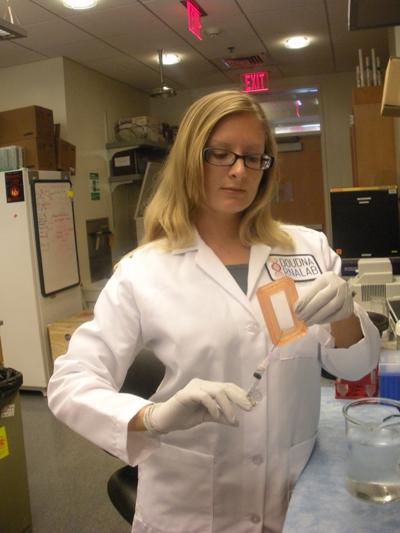
RNA interference (RNAi) is a rapidly expanding field of research that promises to yield a better understanding of how cells regulate their environments through RNAi mediated gene silencing pathways. Harnessing RNAis transformative properties may prove to be a powerful methodology for developing effective, cell-specific drugs, thus reducing harm and unwanted side effects. Alison’s project involves reconstituting the piRNA biogenesis machinery in vitro; specifically, elucidating the role of the protein, Squash. piRNAs are a recently discovered class of small regulatory RNAs that are thought to facilitate transposon silencing through RNAi, thereby […]
Jason Ross
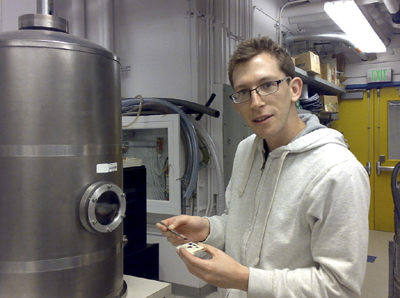
Jason’s research group has recently developed the nanocalorimeter, a membrane-based calorimeter which has ten times less addenda heat capacity than any known calorimeter, allowing for the first accurate measurements of nanogram sized samples. With this, Jason proposes to measure the specific heat of silicon nanowires in response to recent thermal transport studies. These studies have found that the thermal conductivity of silicon nanowires decreases with decreasing nanowire diameter. Such a characteristic means silicon nanowires have a big future in clean energy thermoelectric devices. But before we can properly exploit them […]
Mio Kitayama

Rapid land use transformation worldwide in recent years raises a demand for models that simulate the impacts of different land use policies on the local ecosystems and its services for human well-being. Mio will join a team in Brazil and devise a mathematical model that estimates the impacts of local land use choices on the carbon sequestration abilities of Atlantic Forest. She will integrate the devised model into Multiscale, Integrated Models of Ecosystem Services (MIMES), which collaboratively simulates the impacts of different land use policies on ecosystem services provided by […]
Ali Rathore
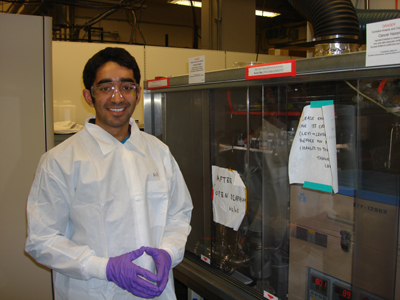
The resurgent interest in renewable energy within recent years has confirmed that solar energy conversion will be key to the global energy economy. However, the vast majority of modern commercial photovoltaic technology is based on expensive single crystalline silicon and does not provide a practical solution for a sustainable energy infrastructure. Modern research in thin film and nanostructure photovoltaics has been motivated by the requirement of low cost and robust fabrication techniques. Ali will be employing novel fabrication procedures to grow high density arrays of vertical nanowires in order produce […]
Oron Frenkel

Pushed aside by a tradition of Cartesian dualism, the mystery of consciousness has recently resurfaced as a problem on the cutting edge of intellectual thought. My expanded honors thesis for Systems Biology will investigate if we can better understand what consciousness is, based on processes occurring throughout the whole organism, instead of just inside the brain. I will evaluate the ability of modern theories and experiments on brain processes to account for findings outside of neuroscience that suggest consciousness to exist on an organismal level. I hope to explore alternative […]
Carolina Dallett
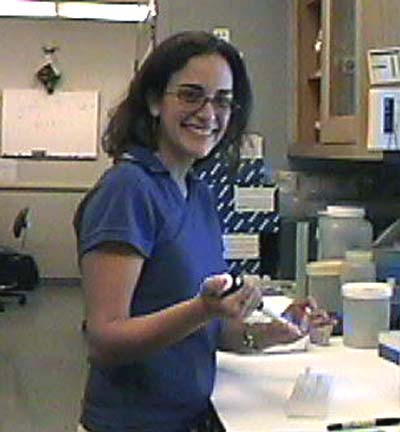
The Arabidopsis thaliana genome has been sequenced, allowing use of sophisticated tools for genetic studies. It is known that DME controls gene transcription, encodes a DNA glycosylase, and has homologous proteins in the Arabidopsis genome as well as orthologs in rice, wheat, and maize. We do not know, however, how this is accomplished. Carolina will investigate the DEMETER protein, essential for seed viability in Arabidopsis, using molecular tools and genetics. The project has two phases: 1) To determine if the family member proteins can replace the DME protein; 2) determine […]
Allen Kwong
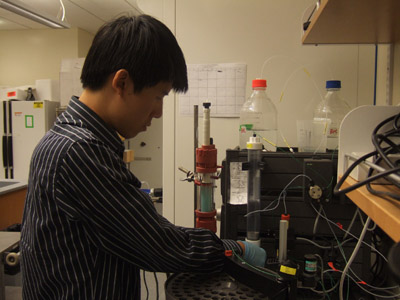
Although protein translocations across cellular membranes are vitally significant, the biophysical mechanisms underlying such processes remain obscure. Nevertheless, methods exist for studying translocation processes. In particular, anthrax toxins movement across cellular membranes provides a model for studying general translocation mechanisms. Allen’s specific interest lies in elucidating the steric effects that particularly bulky, hydrophobic amino acid side-chains have on anthrax toxins translocation. By investigating translocation rates of anthrax toxin, Allen hopes to provide a deeper understanding of the toxins mechanism for cell entry. In addition, this study may provide implications for […]
Louis Kang
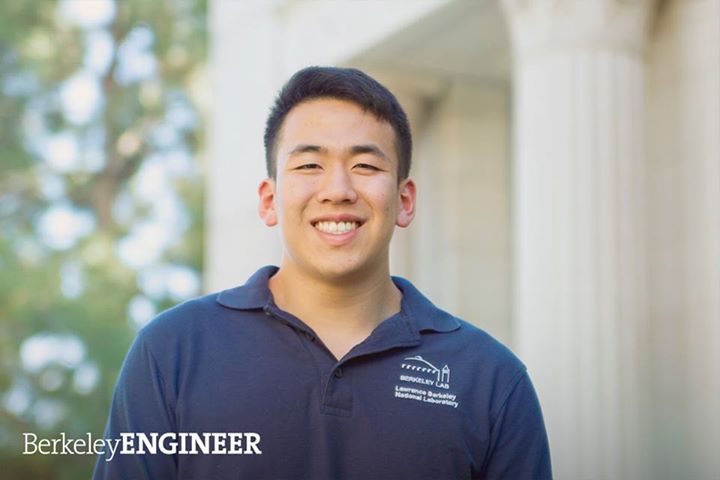
Transistors are the most fundamental building blocks of modern electronic devices. They perform various functions that range from logic operations to voltage regulations. Since their creation, researchers in the field have devoted significant effort to shrinking down the size of transistors, as transistor scaling provides many desirable benefits, including cost reduction and higher computational power per chip. However, the minimum feature size of modern transistors is already in the nano-scale range, and we are approaching a scaling limit that cannot be overcome with conventional transistor designs. Exploratory research is needed […]
Marissa Herrman
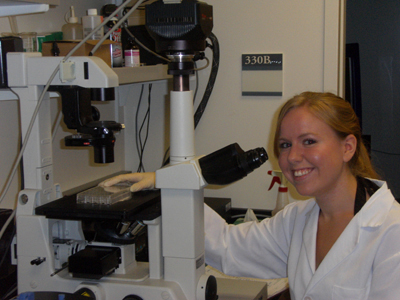
Since their discovery in 1993, microRNAs (miRNAs) have become an area of active research and are currently believed to rival transcriptional regulation as a means of controlling messenger RNA levels and ultimately protein production within a cell. In response to viral infection, the cellular miRNA profile shifts to regulate specific protein levels and combat infection. Cellular miRNA mir-7 has been shown to be significantly upregulated following infection with Cytomegalovirus, a beta-herpes virus present in up to 80% of the population. However the messenger RNA target and effects on protein levels […]